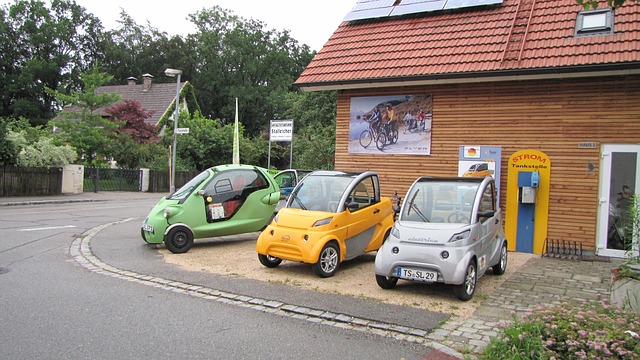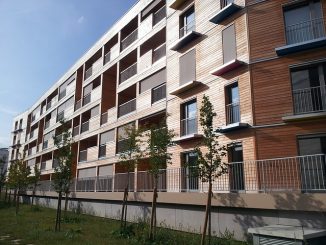
For decades, the cities’ mobility policy has been limited to a traffic plan for cars and to the development of public transport. This archaic vision, which still influences some of our reasoning, is undermined by developments observed in the majority of the world’s agglomerations: the explosion of cities whose population is constantly growing and the densification of the population that results: the traffic is often no longer manageable, the pollution is intolerable. Worst! at a time when the densification of cities is not only an observation but a stake, the huge surfaces dedicated to transport are discussed.
Cities are therefore forced to a major break in the organization of the city transportation system. How to do? What are the major axes that are emerging?
The pollution in the cities, I mentioned in the introduction, reaches critical levels; several studies have recently been published to highlight the level of pollution and the number of related deaths observed. The health problem is clearly identified.
In this context, the electrification of transport is essential. Many cities have already announced their willingness to ban access to the city centre to thermal vehicles at a relatively short horizon (around 2020 for the first): Oslo, Paris, Chengdu, Madrid, Brussels.
It will be necessary to support the development of electric mobility through the development of renewable energies so that CO2 emissions do not move from places where oil derivatives are consumed to places where electricity is produced.
This electrification will have to affect private vehicles, fleets, delivery trucks and public transport. Charging infrastructures will have to be designed in a coherent and global way to allow everyone an easy and non-discriminatory access to a recharging possibility.
Actions to clean up downtowns are not enough. It is also necessary to reduce the space dedicated to transport.
For this, measures can influence the need for transport: build new neighbourhoods mixing homes, shops and offices, redeploy local businesses, including food, promote within companies a share of homework whenever possible.
Decisions can have a direct effect on the footprint of transport: the development of bicycle use, as Amsterdam and Copenhagen have done, or electric bicycles, especially in cities with hills and slopes, the development of cable transport, the further development of public transport.
None of these actions will be sufficient to have a major impact on the transport footprint. The need for a private vehicle remains strong. Car sharing will provide access to higher performance levels, provided to be imposed one day as the ban on thermal vehicles is expected to be imposed shortly.
This quick review of the subject shows that the transport sector in cities is approaching a revolution of the same magnitude as that experienced by the world of energy. These two sectors being very dependent on each other, the coherence of the solutions envisaged by the one and the other will have to be managed with attention.
As for the evolution of the transport in the cities, it will have to be managed while preserving or improving the living comfort of the inhabitants and the economic dynamics of the city: the inhabitants need solutions to face their particular needs of transport (departure on holidays, partial relocation, large purchases delivery) and downtown shops, that are local economic leaders, will have to be able to develop their business while going through this period of change.




Leave a Reply